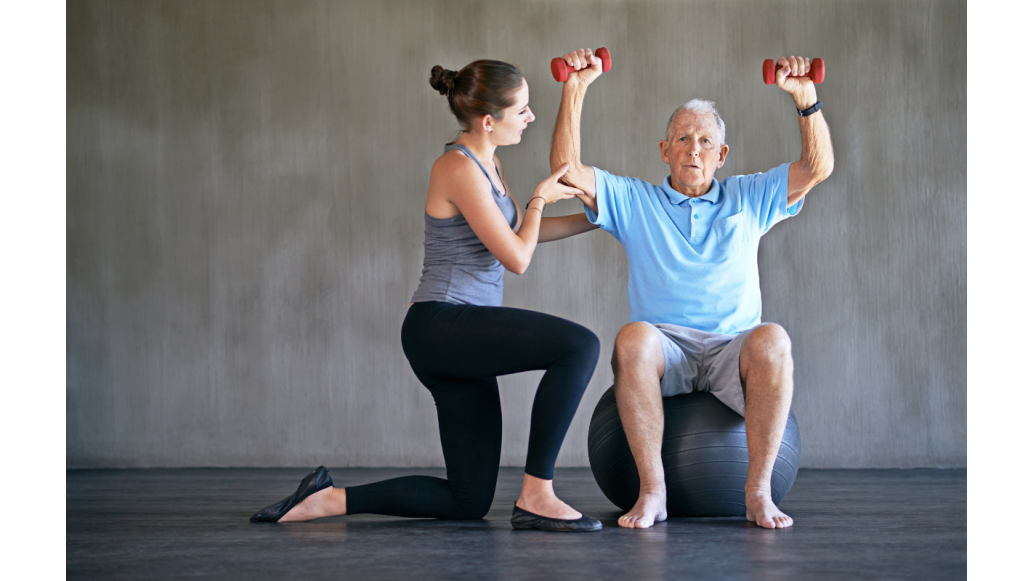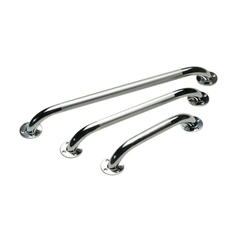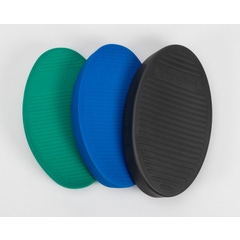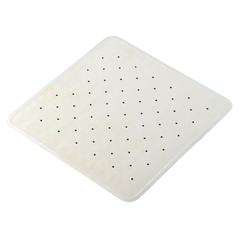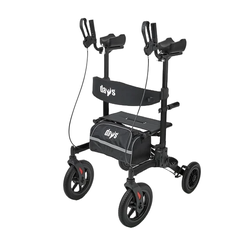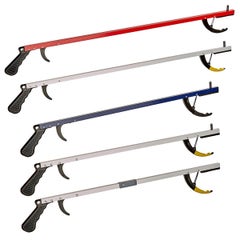Anyone who has an elderly or disabled loved one or works with such patients knows that a fall can be devastating to their health and well-being no matter where it happens. A fall threatens independence and overall health. According to the CDC, more than one in four Americans 65 and older fall each year. These falls not only affect the health of those who experience them but generate significant personal and economic costs. But falling does not need to be an inevitability of aging and/or physical impairments; there are measures and programs that can be used to significantly reduce the risk of falling for our aging and disabled population.
Key Takeaways
-
Falls are a leading cause of both fatal and non-fatal injuries for older adults.
-
Physical therapy is a fantastic resource for preventing falls
-
You can take action to help prevent falls by supporting the SAFE Act
-
Certain measures taken within the home can also prevent a fall from happening
Top Products in This Article
Key Stats on Falls
According to the CDC, 30 million senior Americans fall each year. That number is projected to rise to 52 million seniors yearly by 2030. Falls are currently the leading cause of injuries among the elderly, and many of those injuries result in fatality.
Falls result in more than 3 million injuries treated in emergency departments per year. This total is projected to rise to 12 million by 2030. And of those 3 million injuries, about 800,000 of those result in hospitalizations. Researchers predict that falls will cause 7 deaths every hour by 2030.
The cost of treating injuries resulting from falls is $50 billion annually, making falls not only dangerous but also finically debilitating. $754 million is spent on medical costs for fatalities related to fall. Not only are these price tags an indication of personal costs accumulated for those who suffer the falls, but it is an indication of the healthcare spending associated with treating injuries resulting from falls.
Causes of Falls
There are a variety of conditions and circumstances that contribute to the likelihood of a fall for a senior. These range from age-related conditions such as loss of eyesight, hearing, reflexes, and muscle mass (sarcopenia) as well as the following:
-
Side effects from medications
-
Mobility limitations (trouble walking or standing)
-
Chronic illnesses
-
Cognitive impairment (including dementia)
-
Foot problems and improper footwear
-
Hazards within the home
The best way to address many of these causes is to maintain a level of activity; keep moving as much as possible to reduce the risk of falls. Balance and strength training, both of which are addressed in physical therapy, are vital in helping to prevent falls. Working on mobility daily with exercises and clinical direction will help to lower the chance of missteps and aid in reducing the risk of falling tremendously.
Certain causes will need to be addressed directly, such as hazards in the home; make sure pathways are wide and clear, remove items that are low to the ground out of eyesight, and create a space that is well lit and as accessible as possible for the ability of the senior living there.
How Physical Therapy Helps Prevent Falls
The Moran Company recently conducted a study looking at the effect physical therapy had on patients who suffered a fall. Their findings revealed that those who went through physical therapy were 50% less likely to need to go to the ER or be hospitalized in the 6 months following their initial fall. They were also 39% less likely to need or use opioids in those 6 months. Both results remained true in the 7-18 months post-fall.
This report concluded that an estimated $10 billion could be saved yearly in healthcare spending through increased physical therapy use. Keeping seniors as active and moving as their physical health allows is key to preventing falls that could lead to injury or death. Physical therapy is not only a way of treating those who have already fallen, but a fantastic method to prevent our elderly population from falling in the first place.
Support the SAFE Act
Medicare does not currently cover a falls risk assessment by a physical therapist as included in annual wellness visits or physical exams. If this was included in their coverage, millions of seniors could benefit and likely avoid suffering a hazardous fall.
Performance Health has partnered with the Alliance of Physical Therapy Quality and Innovation (APTQI) to support the Stopping Addiction and Falls for the Elderly (SAFE) Act. If this bill were to pass it would provide seniors who have fallen in the past year with a fall risk assessment by a physical or occupational therapist at no cost to them.
The SAFE Act will increase access to fall prevention services, connect seniors with fall experts to receive the care they need, lower healthcare spending and save taxpayer money by preventing costly falls, and also seeks to reduce opioid use for seniors managing pain after a fall. You can learn more about this important legislation and take action by visiting APTQI’s website.
Home Preventatives for Falls
There are many resources and accessories available to prevent falls within the home. Many of them are for use in the bathroom. Adding handrails and grab bars will reduce falls in the slipperiest area of the home. This can be further assisted with non-slip mats in the shower and raised toilet seats with armrests.
Beyond the bathroom, there are assistive tools that can help with more dynamic movements that might otherwise result in a fall. Using reachers to limit the need to bend over or reach from side to side can make items around the home more accessible. Canes, crutches, or walkers are fantastic resources to assist a senior in and outside the home.
Performance Health has a whole category devoted to fall prevention. Browse the full selection today!
Recap
The statistics we have on falls for senior Americans paint a daunting picture of the physical toll falls take on those who suffer them, and the financial toll it is taking on healthcare spending. The causes of falls among the elderly are many, and a solution that can address many of them is physical therapy. The SAFE Act is proposed legislation that will make home assessments and physical therapy more readily available to seniors on Medicare and reduce the number of falls that demographic faces.
We are partnering with APTQI to support the SAFE Act and help prevent falls for senior Americans. You can learn more about APTQI and our partnership with them in this article.
References
- Desmarais, M., Kalidindi, Y., and Kramer, R. (2023). Impact of PT on Falls and Opioid Use. The Moran Company. https://bit.ly/4bWmOJH
- APTQI. (2023). Take Action. APTQI.com. https://bit.ly/3x6vrCx
- Anonymous. (2023, March 13). Get the Facts on Falls Prevention. National Council on Aging. https://bit.ly/4c4Obla
- Anonymous. (2022, September 12). Falls and Fractures in Older Adults: Causes and Prevention. National Institute on Aging. https://bit.ly/45ndyvK
- Mayo Clinic Staff. (2022, February 3). Fall Prevention: Simple Tips to Prevent Falls. Mayo Clinic. https://mayocl.in/3x7NGrg
Medical Disclaimer: The information provided on this site, including text, graphics, images, and other material are for informational purposes only and are not intended to substitute for professional medical advice, diagnosis, or treatment. Always seek the advice of your physician or other healthcare professional with any questions or concerns you may have regarding your condition.








 France
France Australia
Australia